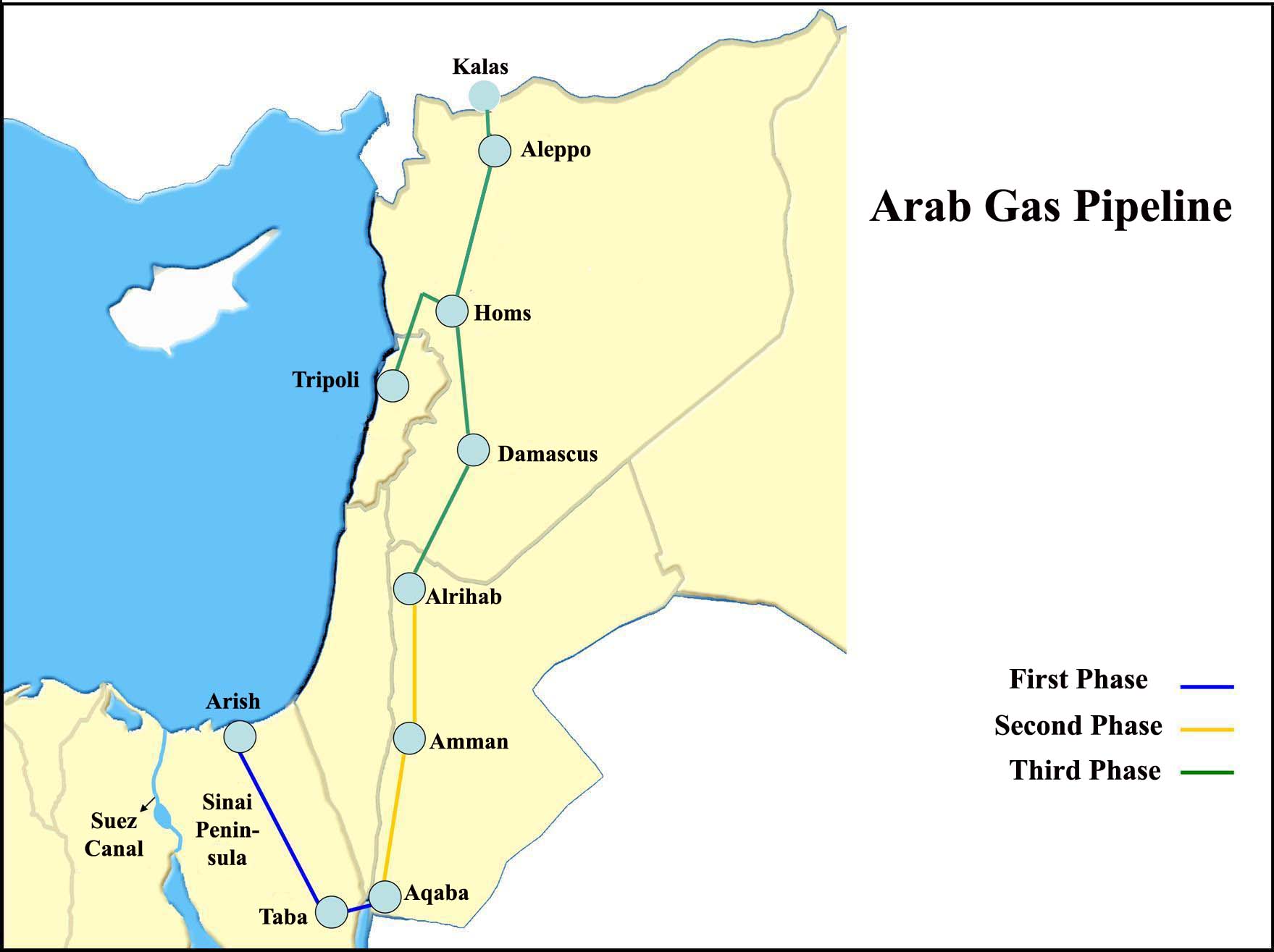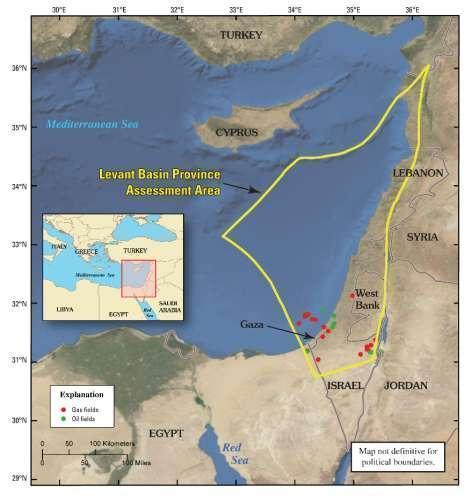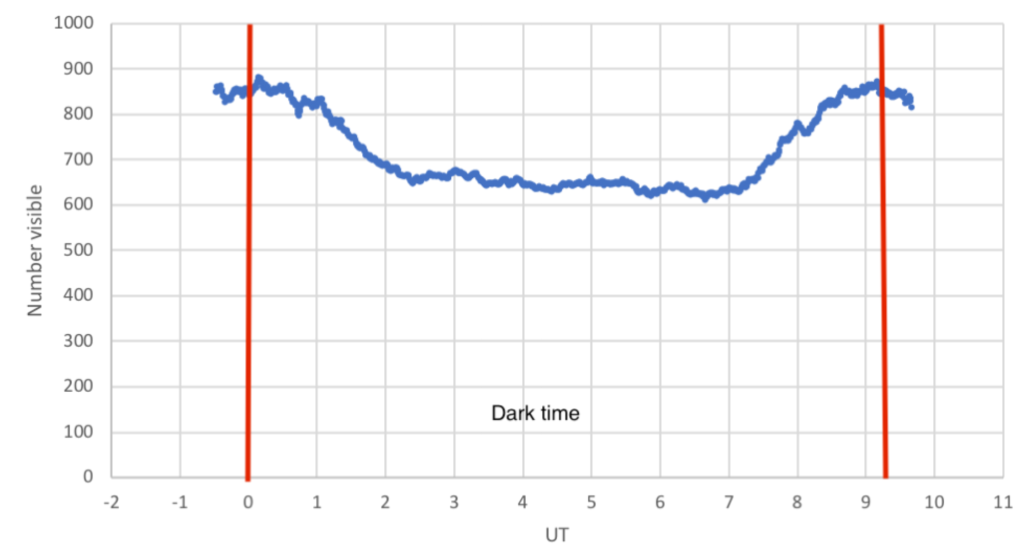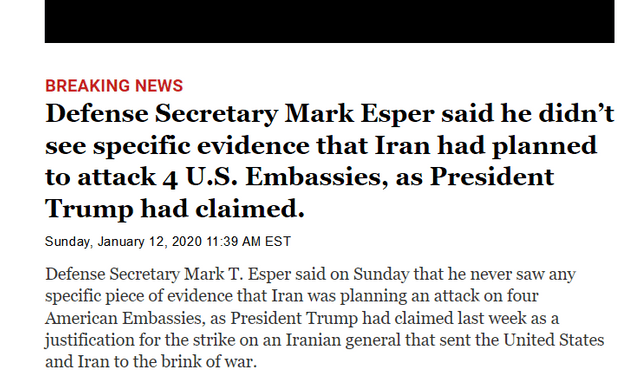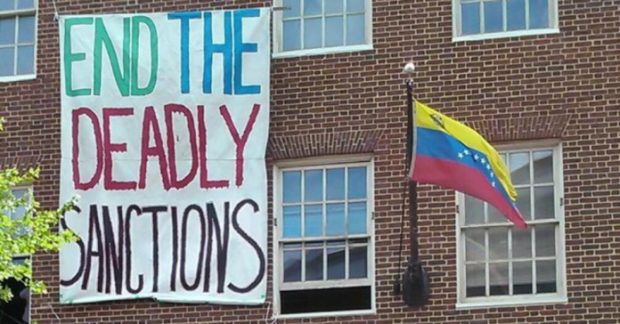I arrived in Sao Paulo, the financial and economic capital of Brazil, on the night of 14 November 2019. The city has over 12 million inhabitants. In all the districts I visited poverty is flagrant. You see homeless people living on the street with no access to sanitation of any kind and prey to the most extreme poverty. A significant number of people are undernourished. Reliable sources mention about 100,000 people who live on the streets of Sao Paulo, 25,000 of them permanently and 75,000 on a temporary basis.
I first came to Sao Paulo in December 1991 to participate in the first congress of the Workers’ Party (Partido dos Trabalhadores or PT) led by the former metal worker Lula. At that time Lula and the PT stood for the struggle against odious and illegitimate debt (see the interview I had with him in Managua in July 1991. He said among other things ‘Any Third World government that decides to further repay the external debt chooses to lead his people into the abyss.’).
Lula had led workers’ strikes against the dictatorship in the 1980s, and in 1988 a ‘democratic’ regime replaced the dictatorship after a transitional stage. The bases of the main trade union federation CUT (Central Única de Trabalhadores or Unified Workers’ Central), and of the new party, the PT, had been brought together during the valiant struggle against the dictatorship. The PT had been built from the bottom by activists in social movements and small very active politically radical organizations. The CUT and the PT were against repaying debt and wanted a citizens’ audit. Part of the debt had been accumulated during the military dictatorship which lasted more than 20 years, and afterwards it increased steeply during the debt crisis in the 1980s, a crisis that resulted from commodity prices plummeting while Washington had decided on a sharp increase in interest rates. More generally, the PT clearly stated that radical anti-capitalist policies had to be implemented which were to lead to the construction of a democratic socialist, self-managed and anti-bureaucratic society. This outcome stirred genuine enthusiasm in Brazil and beyond.
I went to Sao Paulo in 1991 in order to prepare Lula’s and another PT leader Marco Aurelio Garcia’s visit to Belgium at the invitation of the CADTM. The talks were to take place some ten days before Christmas 1991. Eventually for health reasons Lula couldn’t come over and was replaced by Marco Aurelio Garcia, who became president of the PT in 2006 and was Lula’s main adviser on foreign policy while Lula was president from 2003 to 2011. I met Lula four or five times from 1991 to 2003. I can remember a long discussion we had in Havana in 1993. It followed upon a meeting Lula had had with Fidel Castro and Daniel Ortega. Lula explained that in order to become president of Brazil he had to neutralize US imperialism, the army and the Brazilian bourgeoisie. I understood that he meant not to thwart US strategic interests and to promise the army leadership and big capital that he would implement no measures that went against their interests. Lula told me that he would be the president of all Brazilians, as was all too often said. What I understood was that he would use his experience as a trade unionist to seal a pact between those at the bottom and those at the top, asking those at the top to concede some improvements in purchasing power (i.e. allowing the State to increase social aid with public money) while those at the bottom would accept that nothing would really change at the structural level. This is indeed what he attempted to do when he was president ten years later.
I saw him for the last time in June 2003 and stated how much I disapproved of the neoliberal reform he had introduced into the civil service pension system. The meeting occurred on the occasion of the G8 annual summit (United States, Canada, Japan, Germany, United Kingdom, France, Italy, Russia) in Evian on 1 and 2 June 2003. Several heads of states that did not belong to the G8 had been invited by the French president, Jacques Chirac, who wished to show that the G8, and France in particular, were open to dialogue with the rest of the world. Among those who had responded positively were President Lula of Brazil and the heads of states or governments of China, India, Nigeria, Senegal, South Africa, Egypt and Mexico. Chirac was trying to give legitimacy to the G8, an informal club of major global powers, at a time when its credibility was in question, particularly after the brutal repression of the counter-G8 protest in Genoa in 2001. President Chirac’s guests met in Evian before the actual G8 summit meeting while over 100,000 marched through the streets of Geneva (Switzerland) and Annemasse (France) shouting ‘G8 is illegal’. Luis Inacio Lula Da Silva wanted to meet leaders of the European anti globalization movements. There were four delegates: the president of ATTAC France, a woman representative of the Italian Social Forum, a Swedish woman representative of the campaign against the WTO, and myself for the CADTM. The meeting occurred in Geneva in the residence of the Brazilian ambassador and it highlighted the gap between Lula and the international anti globalization movements (see my interview: President Lula’s “realpolitik” and the “alterglobalisation” movement).
Changes in the PT and the CUT
It should be pointed out that during the 1990s, the position of the PT and the CUT was gradually watered down. The PT won many elected officials in large cities as well as in small and medium-sized towns. In particular, the PT had mayors elected in Sao Paulo and Porto Alegre, where it gradually adopted a managerial orientation and lost its role as a spur to radical anti-capitalist changes. I followed this process of adaptation to the institutions of the capitalist state with great disappointment. When Lula was elected President of Brazil at the end of 2002 with a landslide 65% of the votes, he and the PT had fundamentally changed. They no longer really questioned the capitalist system and Lula signed a letter of submission to the IMF in the middle of the election campaign (in August 2002). In this letter, he solemnly declared that if elected president, he would abide strictly by the previous government’s agreements with the IMF.
Only a couple of months after his election, he introduced a neoliberal reform of retirement pensions. Lula also appointed as president of the Central Bank one of the big bosses, Henrique Meirelles, former president of one of the major US banks in Brazil, the Fleet Boston. The message was clear: a representative of the capitalist class was at the head of the Central Bank. Lula did not interfere with the army and did not suspend the amnesty extended to those officers of the dictatorship responsible for crimes against humanity. This is a major difference with Argentina where the 1986 amnesty was cancelled in 2005, which made it possible to condemn and incarcerate several military leaders including the major figures of the military dictatorship enforced in 1976. Under the Lula presidency, the Brazilian army participated in the occupation of Haiti, which was denounced by Haitian social movements. The top Brazilian military leader during the occupation of Haiti became a member of Bolsonaro’s government in 2019. Under Lula’s presidency not a single private corporation was brought back into the public sector. On the contrary, he supported the interests of private corporations that did not hesitate to bribe civil servants in order to secure procurements as was the case for the emblematic construction company Odebrecht (see Euronews, “What is the Odebrecht corruption scandal in Latin America, and who is implicated?”).
The Lula government scrupulously repaid its debts without carrying out the audit he had called for when he was in the opposition. To qualify this highly critical assessment, it should be mentioned that the Lula government developed a policy of public aid to the poorest through the distribution of social benefits under the programme entitled Bolsa Familia (family grant). This programme improved the income of more than 12 million families, i.e. about 20% of Brazil’s poorest families. Please note that the amount of aid was limited. At the time of the PT government, a family of three could receive a maximum of 50 euros. It should be noted that Bolsonaro has not stopped this programme which in 2019 benefited 13.5 million families, i.e. one fifth of Brazilian families (see this). In 2019, a poor family could receive a maximum of 200 reales per month (at the exchange rate of November 2019, that is around 40 euros). To be entitled to this grant, the family must show that its monthly income is below 89 reales (that is, 20 euros! or less than one euro a day per family).
Why did the Lula government not combat illegitimate public debt?
The Lula government did not combat illegitimate public debt because they did not want to antagonize Brazilian big capital. Questioning debt repayment as a government would have meant conflict with Brazilian big capital, which benefits largely from the debt, buying Brazil’s internal and external public debt securities. These insure a high return since interest rates are very high. Questioning debt repayment would also involve conflict with major private banks and foreign investment funds, as well as with the IMF. Lula and the PT leadership wanted to avoid such conflicts. As they gave legitimacy to the debt, continued paying it and went even further, calling on big capital to contract new public loans, the Lula government was tolerated, or even appreciated, by the bourgeoisie. All the more so as social measures that benefited people with the lowest income increased the purchasing power of the poor, which was good for capitalists’ business.
Lula’s neoliberal policies resulted in a split within the PT, with a new party emerging to its left in 2004. That party is the PSOL (Party for Socialism and Freedom).
Since 2001 I often went back to Brazil, for the large gatherings of the World Social Forums (around 100,000 people participated each time), for meetings of the WSF’s International Council of which I had been a member from the start and for meetings of social movements. There were meetings organized by the Brazilian Citizens’ Debt Audit, a member of the CADTM’s international network. The CADTM’s international network repeatedly sent significant delegations to Brazil for WSF activities, particularly in Porto Alegre in 2005 and in Belem in 2009 (when one of the CADTM’s world assemblies was held). The political situation has changed a lot. As pointed out above, from 2003 onward, the PT clearly turned away from its revolutionary past to become a manager of the system. This eventually resulted in deep disappointment, not to say distrust, especially since several of its leaders were actively involved in major corruption cases, including Lula himself. Eventually, when the bourgeoisie felt it could manage the country without the PT’s collaboration, it exposed the party as corrupt, this while all other traditional parties are just as deeply corrupt or much more. Dilma Rousseff, the PT leader who won the 2010 presidential elections and became president of Brazil in 2011, was impeached by the Senate in 2016, in what was actually an institutional coup d’Etat (see this in French, Spanish or Portuguese). But disappointment towards the PT was so deep that the Brazilian people hardly mobilized to defend the PT and its leaders in 2016, and the right-wing vice-president Michel Temer – appointed by the PT in 2011–replaced Dilma Rousseff (PT) as president after masterminding the institutional coup.
Later, the antisocial policies implemented by President Temer, a corrupt right-wing leader, eventually stirred some popular support for Lula as a credible candidate to be reelected president in 2018. So the judiciary system, largely controlled by big capital, was relentless in its efforts to prevent Lula from running for president. Despite his imprisonment, Lula was the most likely to win and his supporters hoped that he would be able to participate in the elections. This is why the judiciary prohibited him from running and Jair Bolsonaro was elected president end of 2018 and started his mandate in early 2019; Bolsonaro is a far-right politician yearning for dictatorship (see this), a racist, sexist, homophobic, climate-change negationist. He is similar to Trump, while possibly even further to the right. His deeply reactionary and antipopular nature is beyond doubt (see this, in French or Spanish). On 21 October 2018, at the end of the election campaign, he stated that if he was elected president, he would conduct a purge “such as Brazil has never known”. He affirmed that the leaders of the Workers’ Party “must all rot in prison,” and said of the leftist movements, “they will have to submit to the law like everyone else. Either they leave or they go to jail.” Shortly after starting his mandate, he promised to remove civil servants with”communist” ideas. His election is a real tragedy for the Brazilian people and for the international left.
After Bolsonaro’s victory, a large part of the left fortunately formed a united front and demanded Lula’s liberation. They got it in early November 2019 and Lula immediately started a political campaign to win the presidential elections in 2022. This being said, we should not expect Lula to go back to the sources of the PT. His orientation remains the one that prevailed from 2003 to 2016. But he might get elected in 2022 since it is clear that Bolsonaro, if he completes his mandate, will have implemented antisocial policies that increase poverty and deepen the gap between a handful of very rich and the overwhelming majority of Brazil’s population. Obviously we need to mobilize widely against the Bolsonaro government and in spite of disagreements with the PT, we need a broad left-wing front within which the PT will play an active part.
Auditing Brazil’s debt from 2000 and Ecuador’s in 2007-2008
The Brazilian Citizens’ Debt Audit is an organization founded in the early 2000s. In 2000, a referendum was organized on popular initiative by the MST (Landless Workers’ Movement), the CUT, Brazil’s Jubilee South Campaign, the National Conference of Bishops (which has been positioned on the left since the years 1980-1990), with the support of the PT and more than 90 % of the 6 million Brazilians who voted were in favour of suspending debt payments for the time it took to carry out an audit to determine how much of it was illegitimate (see in Portuguese: Folha Online – Brasil – 90% dos votantes de plebiscito da CNBB pedem auditoria da dívida – 14/09/2000). There was acute awareness of the illegitimate character of Brazil’s debt in a large part of the left and the Brazilian population. Although the audit was provided for in the 1988 constitution, the government had never carried it through. After the popular referendum of September 2000, parliamentary representatives from the PT brought a draft bill to get it done. It was in the aftermath of the referendum that the Brazilian Citizens’ Debt Audit was set up. It subsequently joined the CADTM (see the Brazilian Citizens’ Debt Audit website, in Portuguese. See also Maria Lucia Fattorelli’s interview where she explains how the collaboration between her organization and the CADTM developed: in French, Spanish and Portuguese).
As pointed out above, as soon as Lula became president of Brazil in 2003, he forgot his commitment to set up an audit of the debt.
In 2005, during the 5th World Social Forum, the Brazilian Citizens’ Debt Audit, the CADTM and Jubilee South, with the support of the MST (Landless Workers’ Movement), organized a three-day long Tribunal against Debt in Porto Alegre which brought together 1000 participants from every continent.
Next, in Brazil, support for the struggle against illegitimate debt faded mainly because the MST considered that they should rack up their critical support of President Lula’s government. As for the leadership of the CUT, they had deserted the fight against debt as soon as Lula came to office as president. Nevertheless, that did not prevent the Brazilian Citizens’ Debt Audit from battling on through thick and thin to denounce repayment of mainly illegitimate debt. The CADTM International gave its constant support to this fight.
In 2007, at the behest of militants combating illegitimate debt in Ecuador, Maria Lucia Fattorelli, the Coordinator of the Brazilian Citizens’ Debt Audit, and myself for the CADTM, became members of the Committee for Integral Debt Audit (CAIC) established by the new president of Ecuador, Rafael Correa. The CAIC’s task was to identify illegitimate debts contracted during the period of 1976-2006. Our work, reported to the government in September 2008 and made public in November of the same year resulted in the suspension of payments on a significant part of debt demanded from Ecuador in the form of sovereign bonds mainly held by banks of the USA. The unilateral suspension of payment brought about a resounding victory (see Eric Toussaint, Hugo Arias Palacios, Aris Chatzistefanou – Video: “The Ecuador debt audit, a seven minute summary”). Ecuador imposed on its creditors a reduction of 70 % of the debts concerned. This enabled a significant increase in social spending from 2009-2010.
It is important to note that President Lula did not help Ecuador with its debt auditing initiative. This is proved by what happened in the case of the Brazilian firm Odebrecht which I mentioned earlier. The firm built a hydro-electric power plant of very poor quality in Ecuador. Odebrecht had overcharged for the work and had not complied with the technical specifications. The plant was so badly built that it broke down. The Audit Committee had identified the debt Brazil was demanding of Ecuador for the plant’s construction as illegal and illegitimate. Despite the fact that it was obviously in the wrong, the firm of Odebrecht refused to indemnify the State of Ecuador. In September 2008, to force Odebrecht to fulfil its obligations towards the government of Ecuador, President Rafael Correa sent the army to occupy the installations of the hydroelectric plant. Instead of backing up the progressive government of Ecuador in face of Odebrecht, Lula protested against Ecuador’s intervention and recalled his ambassador. He demanded that Rafael Correa cease applying pressure on Odebrecht and persuaded him to take it to arbitration in a Paris court. Correa accepted, though knowing only too well that the arbitration would favour Odebrecht. Indeed, Ecuador lost partially. The government of Brazil and Odebrecht came out on top.
President Lula’s intervention in 2009 to prevent the launch of a committee to audit odious debt called for by Brazilian companies in Paraguay
Now let us look at the case of Paraguay, an enclave country surrounded by Brazil, Argentina and Bolivia. In December 2008, the progressive president Fernando Lugo, who had been in office for six months, invited me to help him create an audit committee of Paraguayan debt. I went to Asunción for a personal interview with the president followed by a meeting with the Paraguayan government (see “Paraguay. The Belgian who met with the president is an adviser to Correa and works with Chavez”. See also: Interview with the economic and political analyst Eric Toussaint “The Itaipu Treaty signed in 1973 could be declared void.” and this).
It was clear that most of Paraguay’s debt could be qualified as odious, as it resulted (as is always the case) from a major agreement made in the 1970s between two military dictatorships: the Brazilian military junta and the Paraguayan dictatorship of General Stroessner. [1] The offending treaty dealt with the construction, running and maintenance of what was at the time the biggest dam in the world, the Itaipu Dam. I had studied the matter in depth using the excellent documentation elaborated by Paraguyan experts. Moreover a former member of staff of the CADTM in Belgium, the Paraguayan jurist Hugo Ruiz Diaz Balbuena, had become an adviser to President Lugo, which made contacts easier. [2] The international audit initiative with citizen participation had withered under pressure from the Brazilian government during Lula’s presidency. Note that big Brazilian companies are the main creditors of Paraguay, which they exploit. Although he had intended to sign a presidential decree creating the debt audit committee, Fernando Lugo finally gave in to pressure from Lula and his government who were protecting the interests of the Brazilian firms who were creditors. To persuade the Paraguayan government to drop the idea of an international audit and of questioning the debt claimed by Brazilian firms, Lula made a few marginal concessions and increased the amount Brazil paid Paraguay every year for electricity provided by the Itaipu Dam. (See a commentary in French of the agreement signed between Paraguay and Brazil in July 2009: this). That said, despite the pressure from Brazil, an audit was carried out by the Court of Auditors in 2010 and 2011 (See this (in French and Spanish) and this (French only). At the time I went back to Paraguay at President Fernando Lugo’s invitation. In June 2012, he was eventually overthrown by a ‘parliamentary coup’, to use a phrase that had been used in Honduras in 2009 and was applied in Brazil when Dilma Rousseff, who had succeeded Lula as president of Brazil from 2011, was overthrown (see Eric Toussaint, “Paraguay (juin 2012) – Honduras (juin 2009): d’un coup d’Etat à l’autre”, in French or Spanish).
The fact that the right was able to use this form of institutional coup d’Etat, whether in Brazil or in Paraguay, is partly due to the inability of those two left-wing governments to affront creditors forcefully and carry out structural reform. At the beginning of their mandates they enjoyed enormous popular support; but this was deeply eroded by the disappointment engendered by conciliatory policies towards big capital, both local and international. By the time the right decided to take action, people on the left were too disillusioned and disorientated to mobilize in defence of those in power.
The Brazilian Citizens’ Debt Audit from 2009 to 2019
In 2009, the Brazilian Citizens’ Debt Audit managed to set up a parliamentary committee thanks, particularly, to active support from the PSOL (Socialism and Freedom Party. Yet PT MPs joined conservative MPs to prevent the Committee from questioning the legitimacy of Brazil’s debt. Then President Dilma Rousseff (2011-2016) vetoed the organization of such an audit. Here is an assessment by Maria Lucia Fattorelli (in French).
The Brazilian Citizens’ Debt Audit conducted a tireless campaign of consciousness-raising in Brazil. The group trained numerous local sections in Brazil and organized correspondence courses to train activists who wanted to audit debt. They organized several international rallies. The Coordinator, Maria Lucia Fattorelli, also participated in the Greek Public Debt Truth Committee in Greece in 2015. Before that, she had coordinated the publication of a debt-auditing handbook that was translated into French, Spanish and English: Maria Lucia Fattorelli, Citizen Public Debt Audit – Experiences and methods, see this.)
In 2018, during the electoral campaign, The Brazilian Citizens’ Debt Audit was bitterly disappointed by the presidential campaign of the PSOL candidate, Guilherme Bolos. With the agreement of the majority of the PSOL leadership, Bolos set aside the issue of questioning debt payment. He considered that continuing debt repayments was not really a problem. This caused a profound malaise within the PSOL, to put it mildly.
Indeed, G. Bolos’s electoral score as the PSOL candidate for the presidency fell far below the one the party had obtained in the previous presidential campaign in 2014. In 2014, the PSOL candidate Luciana Genro had vigorously defended the debt audit and the idea of suspending payments on debt identified as illegitimate. G. Bolos only won a third of the votes Luciana Genro had won even though, for the first time, the PSOL had benefited from a considerable government subsidy for the electoral campaign. It only goes to show that by watering down his positions, the PSOL candidate lost part of the radical electorate that had previously supported the PSOL.
Will this be a lasting development? Of the ten PSOL representatives in the Brazilian parliament at present, several maintain a clear position on debt but what is the true position of the party’s leadership? At the next PSOL congress, to be held in May 2020, we shall see whether its militants will push for a return to policies more in line with the party’s origins.
Within the PT (Workers’ Party), which has 53 members of parliament, acceptance of the debt system is deeply anchored in the party’s official line and unfortunately we must not nourish any illusions to the contrary.
Despite the criticisms aired above, it is obvious that to counter Bolsonaro, left-wing parties and social movements must unite in the broadest possible front.
Only the future will tell whether the huge social mobilizations that have taken or are taking place in countries such as Chile, Ecuador, Columbia, Haiti, Puerto Rico and Bolivia will find an echo in Brazil.
*
Note to readers: please click the share buttons above or below. Forward this article to your email lists. Crosspost on your blog site, internet forums. etc.
Translated by Vicki Briault Manus and Christine Pagnoulle (CADTM)
Eric Toussaint is a historian and political scientist who completed his Ph.D. at the universities of Paris VIII and Liège, is the spokesperson of the CADTM International, and sits on the Scientific Council of ATTAC France.
Notes
[1] At the time of the signature of the Itaipu treaty in 1973, Paraguay was under the dictatorship of General Stroessner, in power from 1954 until 1989, while Brazil had the Garrastazú Medici dictatorship (1969-1974).
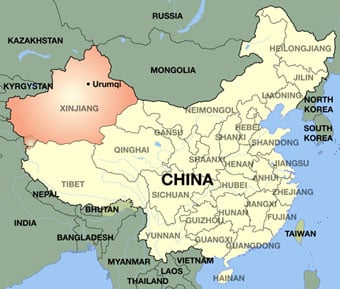 From September 1949, Mackiernan had turned southwards – from where he was based in Xinjiang, north-western China – towards the nearby and little known Taklamakan Desert, a picturesque but inhospitable terrain almost the size of Germany, which is ringed by rugged mountains to the south and west, while the Gobi Desert stretches out in vast expanses to the east.
From September 1949, Mackiernan had turned southwards – from where he was based in Xinjiang, north-western China – towards the nearby and little known Taklamakan Desert, a picturesque but inhospitable terrain almost the size of Germany, which is ringed by rugged mountains to the south and west, while the Gobi Desert stretches out in vast expanses to the east.


